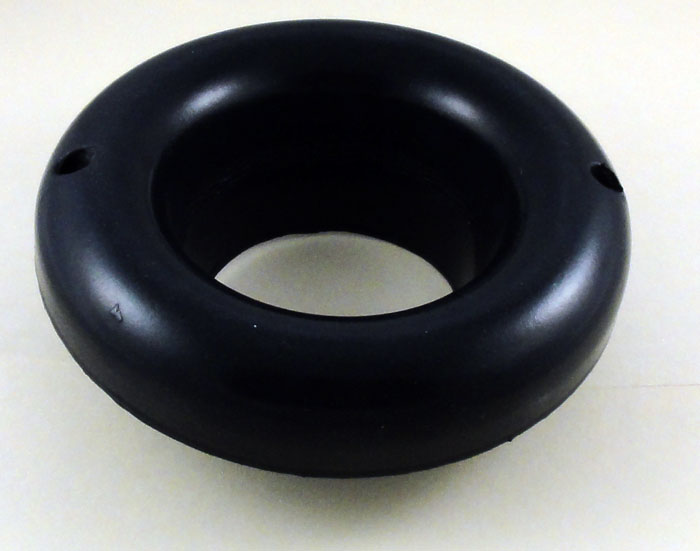John/Charleston
Junior Member
I'm trying to figure out how to set a toilet on a flange that is 1" below the tile floor level. Original plumber just stacked wax rings and of course it's leaking. The ply subfloor has pretty minimal damage as far as I can see. The flange is pvc. There's a finished ceiling below over a rather ornately finished room. I'd rather not have to replace any plumbing from below...
Stack flange extenders? If so, do I use acetone to clean the existing wax off of the flange to get silicone to stick?
Cut the flange off from above and extend with new pvc and flange? This would require some specialized tool that I can almost imagine but don't think I've ever seen. May not exist...
Thanks,
John
Stack flange extenders? If so, do I use acetone to clean the existing wax off of the flange to get silicone to stick?
Cut the flange off from above and extend with new pvc and flange? This would require some specialized tool that I can almost imagine but don't think I've ever seen. May not exist...
Thanks,
John



